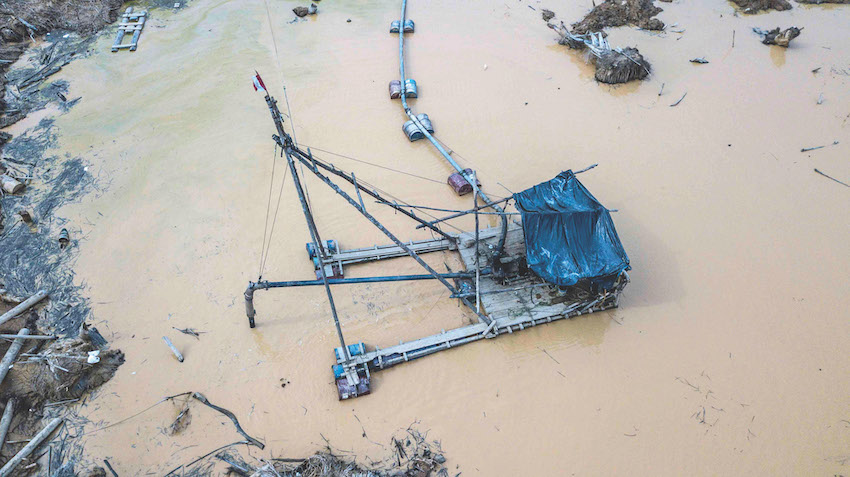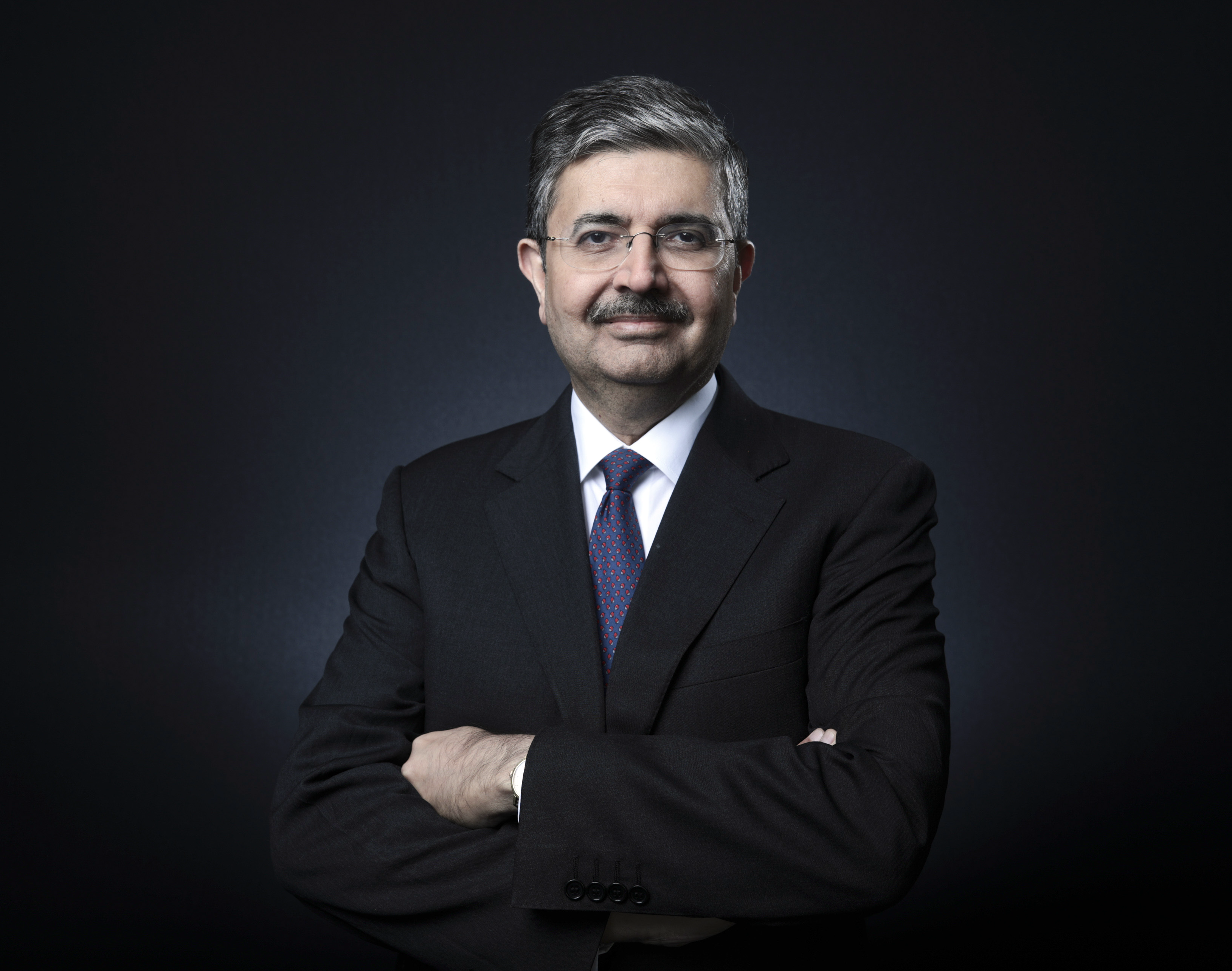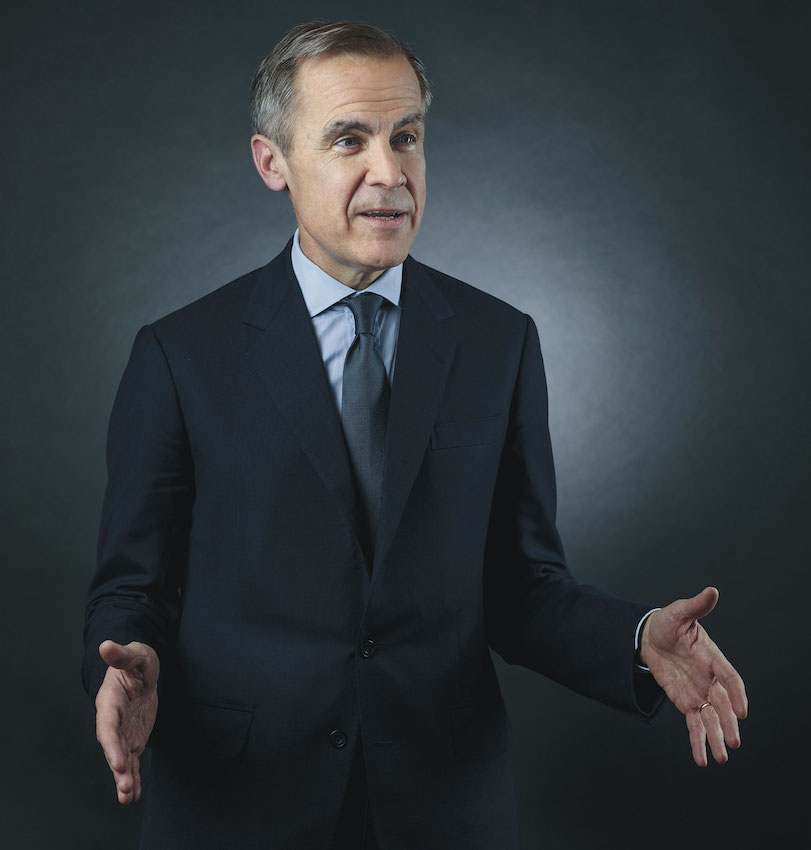Preserving and restoring nature is a critical part of the climate solution. Brunswick asks two leaders of this effort to draw on their experience and highlight the role of business.
For businesses seeking to deliver on their net-zero commitments, action on nature is not an option. It’s a necessity, especially for those with land-based value chains.
That is the clear message from two leading lights of the climate agenda in a pair of engaging interviews below.
First, we hear from Christiana Figueres, former Executive Secretary of the UN Framework Convention on Climate Change. After assuming responsibility for the international climate change negotiations months after the failed Copenhagen conference of 2009, she played a critical role in orchestrating the landmark Paris Agreement of 2015. Key to success was Figueres’ skill in bringing governments, business and civil society together behind an ambitious shared goal. As a renowned global leader, diplomat and author on climate change, she knows as much as anyone about where the world needs to go, and what it will take to get there. Below, she describes the “inextricable” link between climate and nature as “two sides of a very, very thin piece of paper.”
Our second expert perspective comes from María Mendiluce, CEO of the influential We Mean Business Coalition, which works with many of the world’s largest companies to drive and support business action on climate change. Mendiluce has 25 years of experience working in business and with international organizations and governments on sustainable development, energy and climate action. She is also a professor and published scholar with a PhD in energy economics. In this interview, Mendiluce tells us that companies need to start investing in nature-based solutions now if they are to have any hope of hitting their climate targets.

Speaking with Brunswick’s Phil Drew, Christiana Figueres draws on her experience crafting the Paris climate accords and outlines the new type of leadership that will be needed from business and policymakers alike if we are to reach net zero. She sees this as a perilous moment, but emphasizes the importance of a mindset that lends itself to action and outcomes over doom and half-hearted measures.
Why is restoring nature so fundamental to reaching net zero?
Nature and climate are actually two sides of the same very thin piece of paper. You need nature to help absorb CO2, putting the carbon into trees, into roots, into soil, into everything that is the biomass and releasing the oxygen. If nature is not there, our CO2 concentration will just continue to go up. Nature is some 30% of the solution to climate.
From the other perspective, if we don’t have a stable climate, we will not be able to preserve our biodiversity. So stable climate is critical to the preservation of biodiversity. As I say, two sides of a very, very thin piece of paper. You can cut it along its other two dimensions, but you can’t separate the two sides.
It is only humans that want to see them as separate. Nature laughs at us, “whoever told you that those two things are two systems that sit side by side? They are inextricably intertwined.”
They actually constitute a self-enclosed feedback loop. Nature’s capacity to be resilient depends on the health and the vigor of that loop. And it is nature’s capacity to be resilient that allows human beings to be resilient.
You’ve described this as the most perilous moment in human history. Why is that?
Because we’re in the Anthropocene Epoch now. Prior to the 1950s, it was actually nature itself that was determining the evolution of the planet and she was a self-regulating system. And then, 70 years ago, in the 1950s, we took over that role. The pen of history moved from nature, where she had been for 4.5 billion years, to humans.
It is the most important moment in the evolution of the planet, but also in the evolution of human presence on this planet. By 2030 we will largely have decided the next hundred or so years—whether it will be years of constant destruction, or whether we stand a chance of stabilizing the environment, or even creating a regeneration.
Not to trivialize it, but think of TV game shows from the past that have you choose: door number one or door number two? If we choose door number one, business as usual, the same polluting behaviors, the same greenhouse-gas-emitting investments and technologies, we’re committed to that future of constant misery and increasing destruction. Whereas if we choose door two, which we have to choose now, because the path has already divided, we will have opened a portal that not only avoids the worst of climate impacts and biodiversity loss, but actually opens the door to the possibility of regenerating the planet.
By 2030, we will have decided which way we go. That’s why the moment is perilous.
“Nature and climate ‘are inextricably intertwined.’“
Choosing which way to go will be an act of leadership. What does the standard for what credible leadership for business on nature look like?
Now that we are aware of the consequences of that choice, the role of business has shifted completely. Even just 10 years ago the role of business was maximizing profit, because that’s what business does.
Equally important to that is what the social and environmental impact is of any business. The triple bottom line is something that we’re not going to get away from anymore.
That is what businesses have to embrace. Not just because it’s good for their business, but also because there’s much more growing public expectation that that is the role of business.
Leadership now requires both a responsibility for today, plus a clear vision of the future, where are we going and what the consequences are of two very different versions of the future. We can’t just say, “When we get there we’ll figure that out.” The combination of those two things is what I call stewardship. That is where you find leaders in business or in the public sector, who really understand that we’re here to exercise our agency as stewards. That requires innovation, creativity, determination—one of my favorite skill sets for leaders because it’s not going to be easy. But just because it’s complex doesn’t mean that we don’t do it.
What breakthroughs do we need on nature by 2030 that business could contribute to?
An amazing report has just come out precisely on this subject, “The Breakthrough Effect,” by Systemiq and partners. We are at the point of not only negative tipping points, which scientists are very clear about, but actually at the point of positive tipping points. Those positive tipping points can actually self-nurture each other to become a cascade, reinforcing feedback loops that lead to amazing breakthroughs. And the report finds these “super-leverage points” in quite a few sectors. EVs are one of those, and green ammonia also. But I was very taken with the fact that they point to alternative proteins—non-animal proteins or proteins developed from cells. Policy and investment in alternative proteins could produce a cascade of tipping points that would revolutionize how we manage land, reducing livestock, reducing deforestation and improving human health.
This points to exponential outcomes rather than linear, step by step. If you were diagramming this you would almost project the portfolio solutions on to what I think of as a spiderweb, where everything is connected to everything else. If you pull on one point, then you can bring everything else with it.
“That requires innovation, creativity, determination—one of my favorite skill sets for leaders because it’s not going to be easy.“
How important are public/private partnerships to achieving real action on nature and climate?
I go back to my very primitive visual of a thin piece of paper. How do you separate those two things? If you want to get any transformation, you need both policy from the public sector and action in decisions from the private sector. The third thing would be consumer behavior or citizen action. Even the most radical policy by itself isn’t going to create a solution. If it’s not implemented, if it doesn’t motivate the private sector, if it doesn’t change individual behavior, it does absolutely nothing.
If you’re in the private sector, you could say this is a responsibility of the public. Or if you’re in the public, is it a responsibility of the private? Or, it’s all about what people do and what products they buy. That exporting of responsibility doesn’t get us anywhere. The capacity to make a change is actually about aligning all of those incentives and opportunities.
What would be your advice for a business that is just starting to think about the intersection between climate and nature?
Go up the value chain of your company to understand where value really comes from. Where does predictability come from? Where does stability come from? And how is that being questioned or menaced and, therefore, “What do I have to do?”
We all depend on nature, and it is a very important component of climate change. If we’re all exposed to the infrastructure and destruction that comes with climate change, then we really stand no chance. So, it’s about making visible the value chain that links a business proposition with the origin of value.
You have commented that “nothing is enough, everything counts,” is better than the reverse, “everything counts, nothing is enough.” Can you explain what you mean by that?
Nothing on its own is going to be enough. We need everyone on board, all hands on deck, all sectors, all players. Everything counts. Every effort made by a particular sector or a particular part of society contributes to the direction, the speed and the scale.
The question is, where do we put the emphasis? “Everything counts, but nothing is enough,” now we’re in the mindset of a lack of agency. As if to say, “We’re all making an effort, doing the best that we can, but actually this is not going be possible.” That leads to doomism. It’s completely irresponsible. Let’s get into discernment before we go to doom. So that wording is fatalistic, abdicating our responsibility.
In the opposite direction, when we say “nothing is enough, everything counts” now you’re in an additive mindset: “This is a really, really difficult situation. But each one of us, whether we’re an individual, or a head of state, or a CEO, can all contribute to change.”
Each of us has to choose our mindset. It is a daily choice, because we are barraged with a lot of very bad news on climate and on everything else. To not get out of bed, and pull the sheets over our heads, and go like, “Oh, I can’t face this. I’m not going to get out of bed.” That’s a choice. But it’s not a responsible choice. No matter what comes at us, we just cannot give up.
Taking the First Steps

María Mendiluce, CEO of the We Mean Business Coalition, recognizes the need for clear standards of nature goals for business. But she emphasizes that companies must start to invest in “nature now, with integrity.” She speaks with Brunswick’s Robin Knight.
What would you say to companies who feel they can’t tackle both climate and nature?
So let me be clear: There is no pathway to keeping global temperature rise below 1.5°C without nature.
Businesses will be making new and different investments necessary to get on the pathway to 1.5°. Therefore, in the years ahead business will have to invest in nature on a potentially transformational scale. Fortunately, those investments offer a fantastic opportunity to both reduce emissions and deliver a whole host of other positive impacts.
Many companies are just at the start of their journey in understanding the potential of investments in nature. And, just like any other issue, they need to develop expertise. I was impressed that during Davos this year, a lot of the conversation was about this joint action—looking at how to embed nature into company climate strategies.
So increasingly, businesses are realizing that nature and climate crises are integrated. They have shared solutions and you should not be looking at them separately. Because one reinforces the other.
How are companies integrating nature into climate plans, and are there lessons we can draw from progress so far?
Assessing the impacts and dependencies on nature is the first step. That is a process that many companies have already become familiar with through climate action, including through new tools from the Science Based Targets initiative to set land-related targets. Once companies understand their impact on nature, we strongly recommend they take action to contribute to reducing the emissions from land use. The big impact will come from stopping deforestation and ecosystem degradation, and also, reducing emissions by transitioning to regenerative agriculture. Taking these steps will also prepare companies for upcoming policies and regulations that we can expect following the agreement reached at COP15. This includes requirements for large companies and financial institutions to perform nature-related disclosure.
“In the years ahead, business will have to invest in nature on a potentially transformational scale.”
Then there is the critical step of actively investing to restore nature, to increase much-needed carbon sinks. The SBTi says that companies need to decarbonize at least 90% of their value chain and then the final 10% could be neutralized with investments in carbon removals.
Sometimes there is this debate around how much companies should be focusing on decarbonizing their operations, and how much they should be focusing on “offsetting,” with activities beyond the value chain. For us the message is that it’s not a question of either or; companies need to do both. The critical thing we’re saying to companies is don’t wait to act on that 10%. Of course, decarbonization must happen now, but at the same time companies should also be investing in nature to offset the final 10% of their residual emissions by contributing to reforestation and restoration before it’s too late.
What needs to happen next for companies to invest more in nature?
Today many companies are struggling to invest in nature because the rules of the game are not clear. There is a strong appetite there, and everyone knows that “offsetting” has spread very widely as a practice. But companies must be very careful that they are investing in nature with integrity.
What often happens in the climate space is that companies go a bit faster than regulations and standards. Different approaches develop and hence they get criticism and greenwashing claims. While that’s part of the process, there’s no one that’s setting the rules for companies to follow. That’s what we need.
Two initiatives launched recently will help change that, by providing credible rules. The first one is the Voluntary Carbon Markets Integrity Initiative, which is providing guidance on how much they should credibly offset and in a way that is very aligned with the SBTi.
That’s on the demand side, and then on the supply side we have The Integrity Council for the Voluntary Carbon Market, which is looking at the actual quality of the investment products themselves, assessing their mitigation potential and so on.
The names are confusing, but the guidance is strong and continually improving. With these initiatives, companies will be provided with a meaningful way to invest in nature and will therefore avoid greenwashing attacks and can help bring these much needed nature-based solutions to scale while also sending financial flows to developing nations.
—
Additional reporting by Robin Knight, a former Director in London.
More from this issue

Nature Positive
Most read from this issue

Rooted in the Soil





